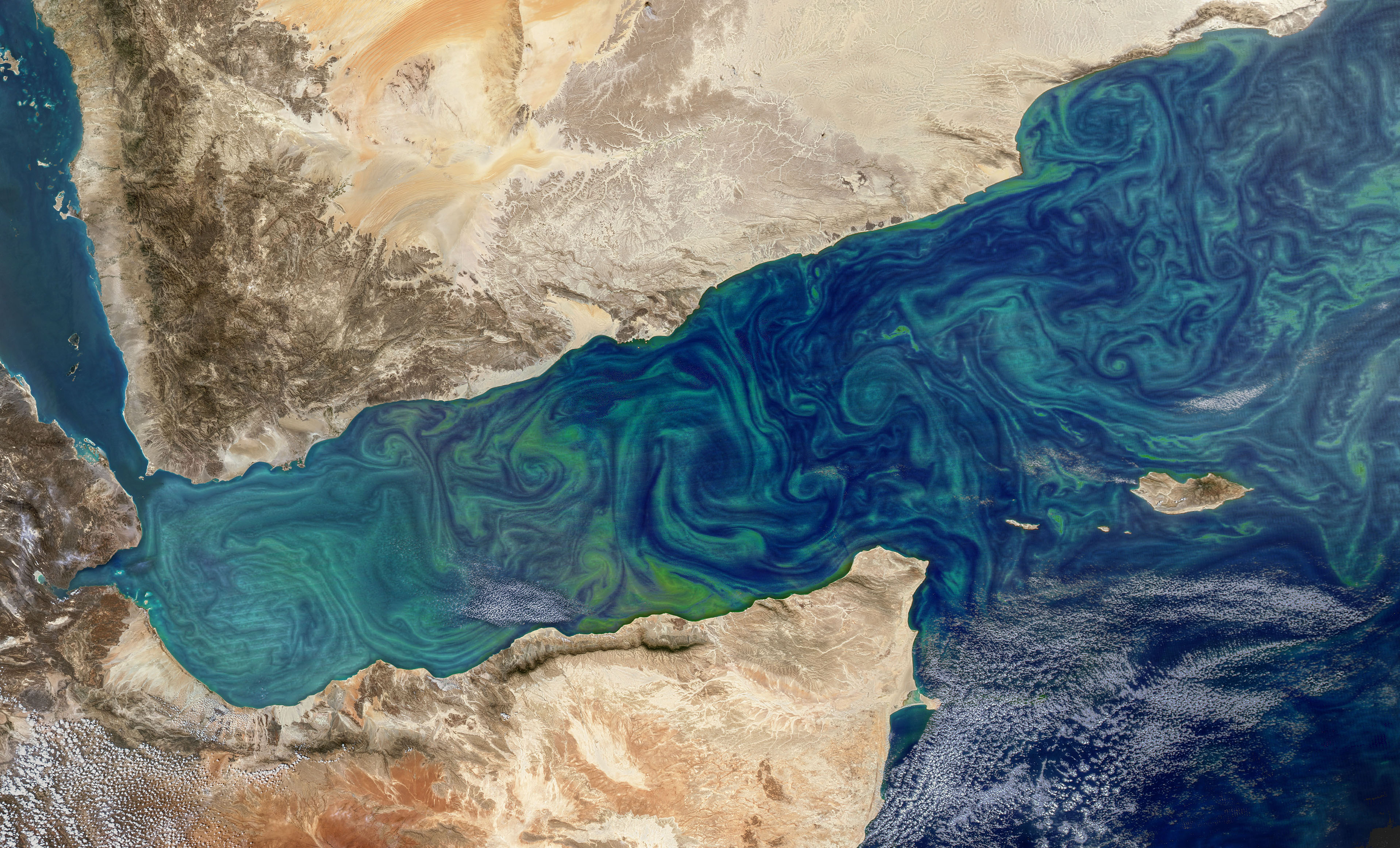Phytoplankton Are Affecting Earth's Climate in the Ocean's 'Twilight Zone'
NASA scientists are venturing into the ocean's "twilight zone" to explore how phytoplankton are affecting Earth's climate.
Phytoplankton are microscopic organisms that reside near the ocean's surface, where they soak up the sunshine. Mostly single-celled creatures, the phytoplankton play a supporting role in Earth's climate by taking carbon dioxide out of the atmosphere through photosynthesis. But, while scientists understand how these creatures capture carbon, they do not know where the carbon eventually ends up (and how long it stays there) when the phytoplankton get eaten by animals like zooplankton or die.
Funded by NASA and the National Science Foundation, a multidisciplinary oceanographic campaign made up of over 100 scientists is working to better understand how creatures like phytoplankton impact Earth's climate, according to a statement. This campaign is called Export Processes in the Ocean from Remote Sensing (EXPORTS), and it will employ underwater robot tools, satellite imagery and two research vessels: Sally Ride and Roger Revelle (R/V). [DSCOVR: The Deep Space Climate Observatory Mission in Photos]

"The continued exploration of the ocean, its ecosystems and their controls on the carbon cycle as observed with advanced technologies by EXPORTS will provide unprecedented views of Earth's unseen world," Paula Bontempi, an EXPORTS program scientist at NASA Headquarters, in Washington, D.C., said in the statement.
This "unseen world," known as the twilight zone, lies 650 feet to 3,300 feet (200 meters to 1,000 meters) below the ocean's surface, where there is little to no light. This dim region is home to a wide variety of species, including zooplankton. Some species of zooplankton — which, depending on the species, can be microscopic like phytoplankton or large enough to be seen with the naked eye — live in this twilight zone but rise to the surface to feed on phytoplankton.
These creatures make a mass migration to the surface and return to the twilight zone at sunrise, according to the statement. So, the organic carbon that the phytoplankton take in is then "transferred," so to speak, to the larger zooplankton, which are then often eaten by larger animals.
Some of the organic carbon that travels from the phytoplankton to the zooplankton to larger animals re-enters the atmosphere through respiration — zooplankton, like all animals, breathe out carbon dioxide — and when those animals die and decompose, according to the statement. But some of this organic carbon, coming from feces or decomposed bodies, sinks down to the twilight zone.
Get the Space.com Newsletter
Breaking space news, the latest updates on rocket launches, skywatching events and more!
The EXPORTS team is working to better understand this twilight-zone carbon, and how it may be contributing, ultimately, to Earth's climate.
"It's a tiny fraction, a fraction of a percent of biomass that makes it deeper down in the ocean where the water stays away from the atmosphere for a long time, from decades to thousands of years," Heidi Sosik, a senior scientist at the Woods Hole Oceanographic Institution and a member of the EXPORTS team, said in the statement. "We have pretty good information that tells us these processes are happening, but we have much less information to help us to quantitatively assess their impact on things like carbon cycling and, ultimately, Earth's climate."
Email Chelsea Gohd at cgohd@space.com or follow her @chelsea_gohd. Follow us @Spacedotcom, Facebook and Google+. Original article on Space.com.
Join our Space Forums to keep talking space on the latest missions, night sky and more! And if you have a news tip, correction or comment, let us know at: community@space.com.

Chelsea “Foxanne” Gohd joined Space.com in 2018 and is now a Senior Writer, writing about everything from climate change to planetary science and human spaceflight in both articles and on-camera in videos. With a degree in Public Health and biological sciences, Chelsea has written and worked for institutions including the American Museum of Natural History, Scientific American, Discover Magazine Blog, Astronomy Magazine and Live Science. When not writing, editing or filming something space-y, Chelsea "Foxanne" Gohd is writing music and performing as Foxanne, even launching a song to space in 2021 with Inspiration4. You can follow her on Twitter @chelsea_gohd and @foxannemusic.









